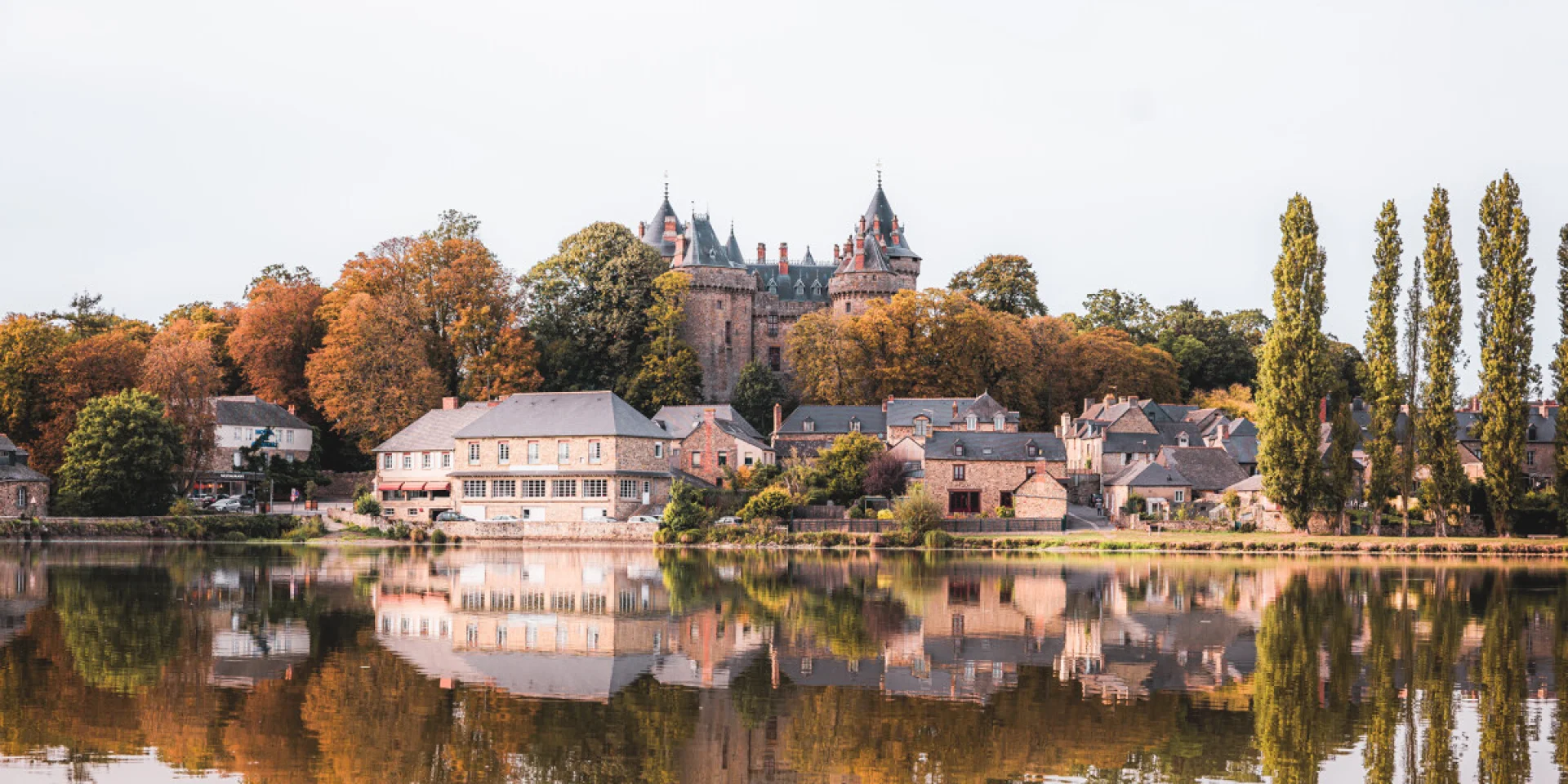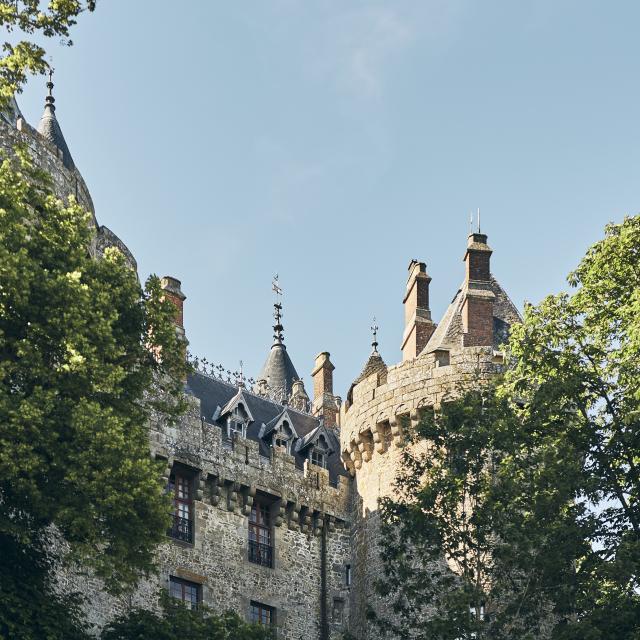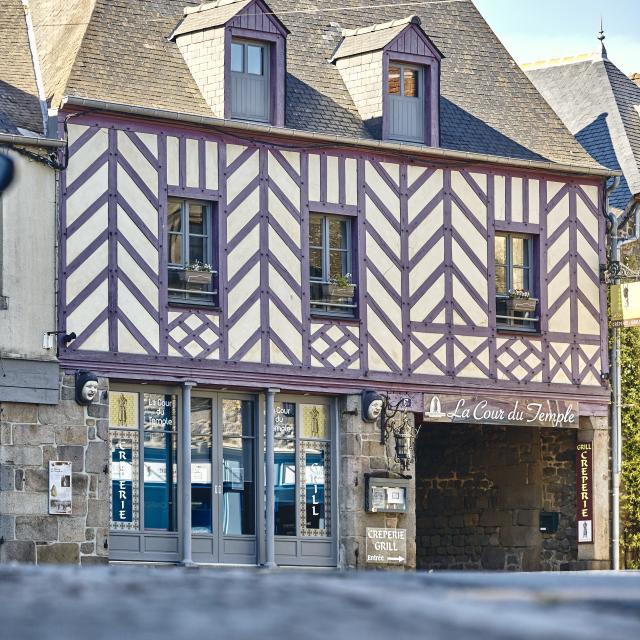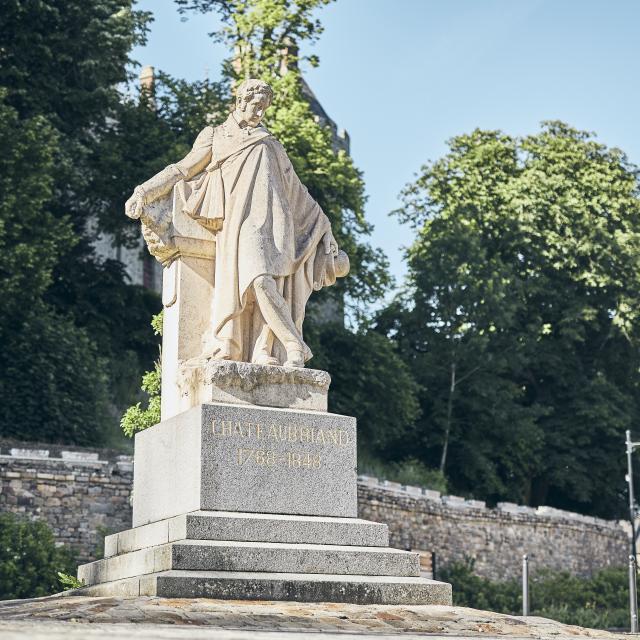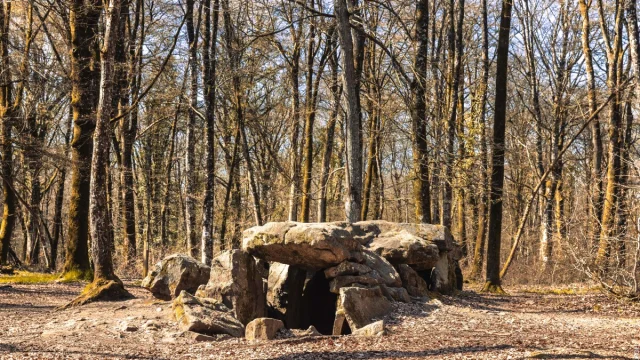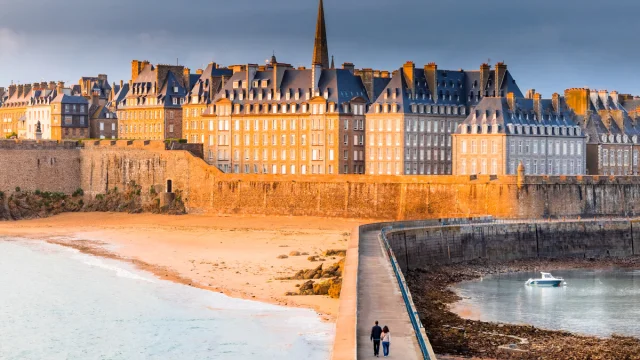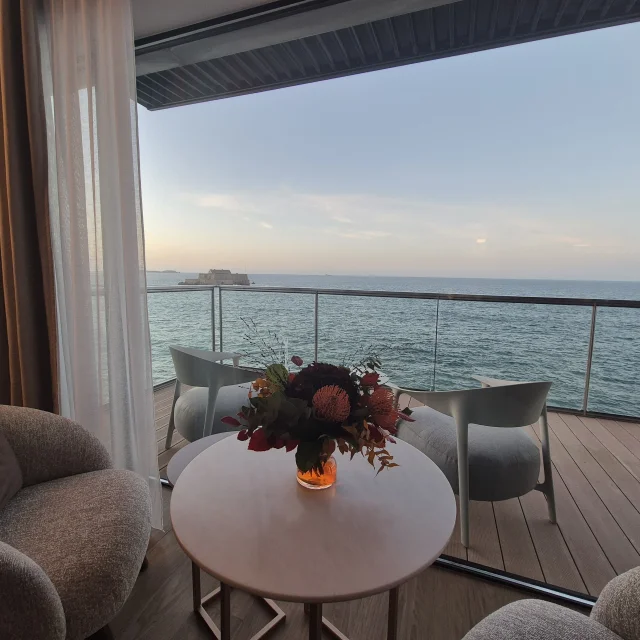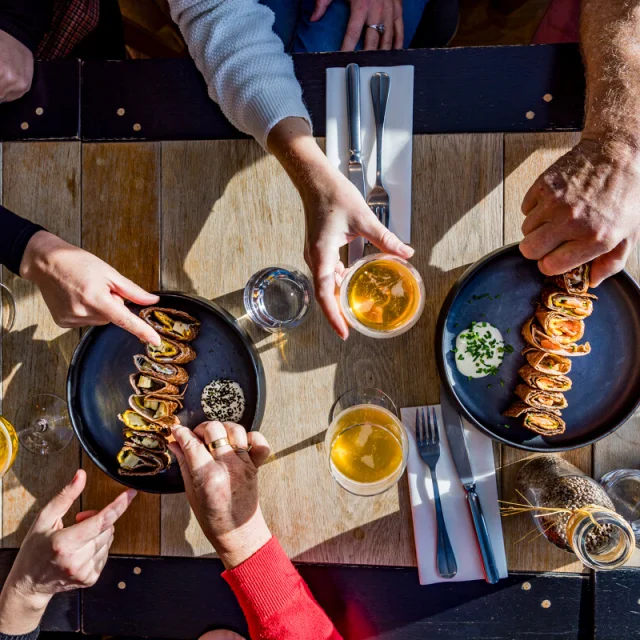1.
Le Lac tranquille
The formation of Lac Tranquille is said to be related to legendary circumstances: following a quarrel between Rivallon and an old woman, the latter in revenge caused the Margatte fountain to overflow. But the water feature is above all indissociable from the lords’ stranglehold on the land.
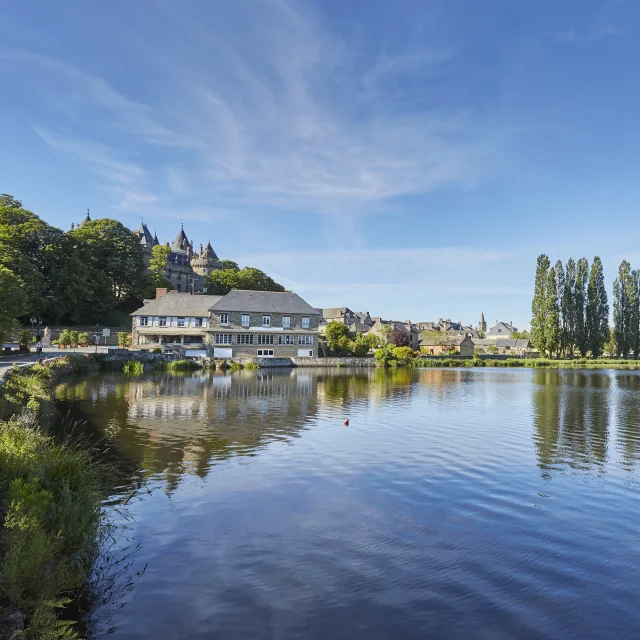 Le Lac Tranquille Combourg Alexandre Lamoureux 723
Le Lac Tranquille Combourg Alexandre Lamoureux 723